Hydrangea Paniculata ‘Little Lime’ Standard
£19.99 Original price was: £19.99.£13.99Current price is: £13.99.
- Quality You Can Trust
- Service that stands out, online and always timely.
- No-Questions-Asked Returns
- We take quality seriously.

Forget the traditional pastel mophead Hydrangea beloved of sea-side gardens – this sister species, Hydrangea paniculata, really is in vogue at present and ‘Little Lime’ is one of the more compact and free flowering new releases, perfect for any size garden!
What?s more, because it branches so well and flowers on younger plants, it is the ideal variety to grow on a standard stem, providing a wonderful rounded head of foliage and flowers that is easy to clip and maintain to that sophisticated shape.
Stunning as a feature plant placed in borders where it will stand tall above all else, or perfect for pots and containers where it can be placed by a gateway, doorway or on a patio to add a touch of elegance.
Flowering in summer into early autumn, ?Little Lime? will bring colour late on in the year when the rest of the garden has begun to fade. The lovely flower panicles open bright zesty lime-green, then fade to a creamy shade which produces a unique pink tinge too, which then last well into colder months.
Grow in pots or in garden soil, trim head to shape early in season before new growth and allow to flower.
Supplied as a 90cm tall plant (including 3L pot) with 45cm clear stem trained into standard lollipop form.
Care Information
- Just plant in position, water well, and add some fertiliser – they?ll burst into growth and flower profusely all summer!
- This plant is at its best in a most soil as long as it is well drained, in sun or partial shade. The more sun the plant gets, the better the flower colour. A moisture-loving plant, remember to water regularly and deeply.
- Hardy in the UK, frost can cause a lot of damage to young buds, reducing the number of flowers, so it?s advisable to protect your plant with fleece if freezing weather is likely.
- Pruning is generally best carried out early spring. A general tidy up is usually all that is needed and consists of removing the dead bloom from each stem, cutting back to the first strong, healthy pair of buds down from the faded flower.
- As Hydrangeas flower on the previous year’s growth, cut out 1 or 2 of the oldest stems, in spring, at the base to encourage the production of new, replacement growth that will carry more flowers.
Be the first to review “Hydrangea Paniculata ‘Little Lime’ Standard” Cancel reply
Related products
Flowering Shrubs
Flowering Shrubs
Decorative Shrubs
Flowering Shrubs
Trees & Shrubs
Flowering Shrubs
Decorative Shrubs
Trees & Shrubs



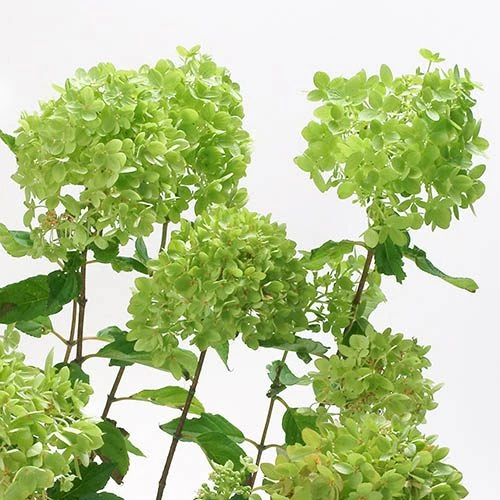
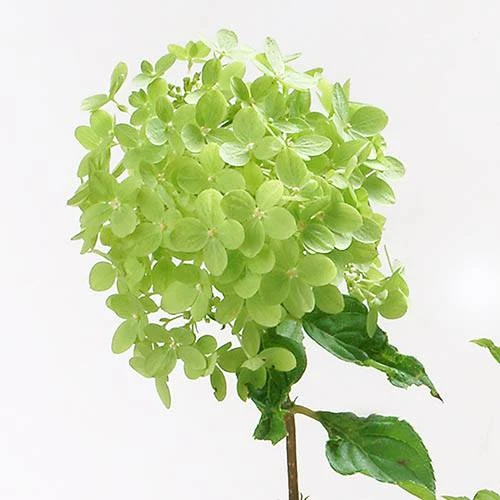

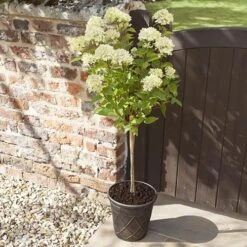
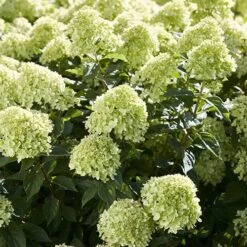
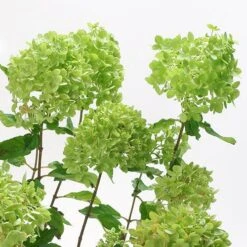
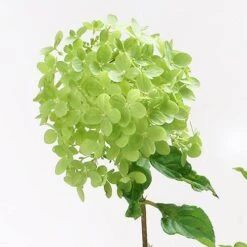
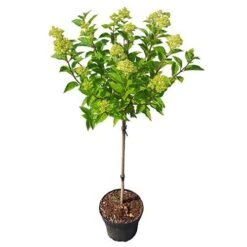

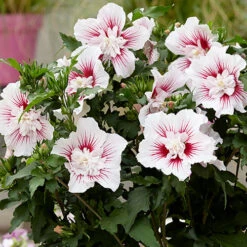




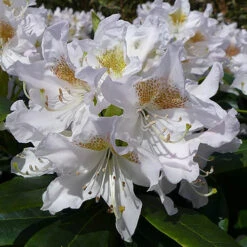




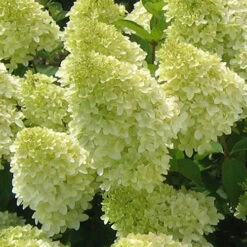



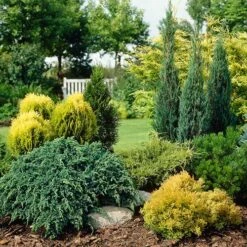
Reviews
There are no reviews yet.